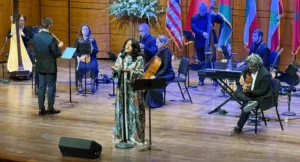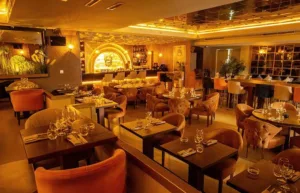A wave of the city’s 20th-century buildings has been granted protected status by Morocco’s Ministry of Culture.
Fez – Casablanca is finally recognizing the value of its modern architectural heritage. In a long-awaited move, Morocco’s Ministry of Culture and Sports has officially added several 20th-century buildings in the city to its list of historical monuments, signaling a major shift in how the nation preserves its urban legacy.
More than just concrete and design, these structures are living markers of a century defined by colonial influence, post-independence ambition, and rapid economic evolution. They tell the layered story of a city in constant transformation; complex, bold, and unapologetically modern.
For too long, these structures stood in the shadow of more “classical” heritage sites; medinas and imperial palaces.
But this new classification pushes back against that selective memory, affirming that modern history, too, has its place in the national narrative.
Under Moroccan heritage law, any building officially classified as historic comes under strict protection.
Owners must now seek approval from the Ministry of Culture at least six months before starting any modification work.
This isn’t just red tape; it’s a mechanism designed to safeguard the architectural integrity of spaces that are often at risk of demolition or reckless renovation.
It’s a message to developers: progress doesn’t mean wiping the slate clean.
This shift matters for more than just preservation, it reframes how Casablanca presents itself to the world.
Known primarily as Morocco’s business hub, the city is now making room for another identity: that of a cultural destination with a rich and layered urban fabric.
From Art Deco façades to modernist experiments, these buildings add a new chapter to the Moroccan story, one that moves beyond the clichés of exotic souks and ancient kasbahs.
It’s also a smart move in terms of cultural tourism. By expanding its heritage offerings beyond the usual suspects, Morocco is opening the door to niche audiences, urbanists, architects, design lovers, who are eager to explore the lesser-known corners of its cities.
For Casablanca, this could mean renewed interest in neighborhoods that have been overlooked, or even forgotten.
With the right investment and vision, these architectural relics could help revive parts of the city center, turning them into vibrant cultural hotspots.
But above all, this recognition is a form of respect for the people who lived, built, and dreamed within these walls.
It signals that memory doesn’t only belong to the distant past. Sometimes, it’s the concrete, glass, and steel of the recent century that carries the heaviest weight. And now, finally, Casablanca’s modern legacy is getting its due.
















